Top 5 Tools Every Plumber Should Have in Their Toolbox
Introduction: Being a plumber requires a unique set of skills,...
Ensuring the safety and reliability of your home’s electrical system is paramount. Electrical wiring issues can lead to various problems, from flickering lights to more serious hazards like electrical fires. In this comprehensive guide, we will explore how to detect and fix electrical wiring issues in your home, empowering you to maintain a secure and efficient electrical infrastructure.
1. Signs of Electrical Wiring Issues: Recognizing the early warning signs of electrical wiring problems is crucial for preventing major issues. Common indicators include flickering lights, frequent tripped circuit breakers, buzzing sounds from outlets, and the smell of burning near electrical fixtures. If you notice any of these signs, it’s essential to investigate promptly.
2. Visual Inspection: Start by visually inspecting your home’s electrical system. Look for frayed or damaged wires, exposed wiring, and scorch marks around outlets. Check if any outlets or switches feel warm to the touch, as this could indicate an overloaded circuit. Inspect the electrical panel for any signs of discoloration, burning, or corrosion.
3. Testing Outlets and Switches: Use a voltage tester to check the functionality of outlets and switches. Ensure that the tester is working correctly by testing it on a known live circuit. Then, go through each outlet and switch in your home, checking for consistent voltage. Inconsistent readings may indicate wiring problems.
4. Investigating Circuit Breaker Issues: Frequent tripping of circuit breakers is a clear sign of overloaded circuits or short circuits. Identify the specific circuit that is causing the issue by turning off all appliances and gradually reintroducing them to the circuit. If the problem persists, consult a professional electrician to assess and upgrade your electrical panel if necessary.
5. DIY Wiring Fixes: For minor wiring issues, such as loose wire connections or a damaged electrical outlet, you may be able to address the problem yourself. Ensure the power is turned off to the affected circuit, carefully reattach any loose wires, and replace damaged outlets or switches. However, if you’re unsure or uncomfortable, it’s always safer to consult a licensed electrician.
6. Dealing with Aluminum Wiring: Homes built in the 1960s and 1970s may have aluminum wiring, which can pose unique challenges. Aluminum wiring is more prone to oxidation, leading to increased fire risk. If you have aluminum wiring, consider consulting a professional electrician for an inspection and potential upgrades to mitigate safety risks.
7. Hiring a Professional Electrician: For more complex wiring issues or if you’re uncertain about the extent of the problem, it’s advisable to hire a licensed electrician. Professional electricians have the expertise and tools to identify and resolve wiring issues safely. They can conduct a thorough inspection, make necessary repairs, and ensure compliance with electrical codes.
8. Preventive Measures: Once you’ve addressed existing wiring issues, consider implementing preventive measures. This includes avoiding overloading circuits, using surge protectors, and periodically checking the condition of your electrical system. Regular maintenance can help prevent future problems and ensure the long-term safety of your home.
Detecting and fixing electrical wiring issues in your home requires diligence, caution, and in some cases, professional expertise. By staying vigilant for warning signs, conducting regular inspections, and taking prompt action, you can maintain a safe and reliable electrical system. Whether you’re tackling minor fixes or seeking the assistance of a licensed electrician, prioritizing electrical safety is a crucial aspect of responsible homeownership.
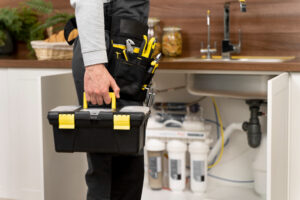
Introduction: Being a plumber requires a unique set of skills,...
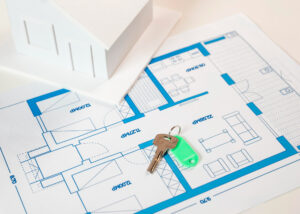
Introduction: As technology advances and our reliance on electronic devices...
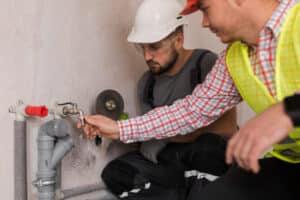
Introduction: Embarking on do-it-yourself (DIY) plumbing projects can be a...

Tankless water heaters, often heralded as the future of home...
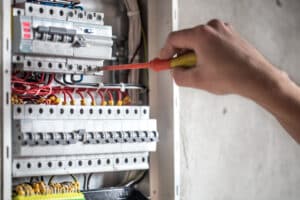
Electricity is an indispensable part of modern living, powering our...
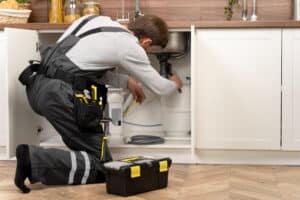
Green Plumbing: Sustainable Practices for a Greener Home In the...